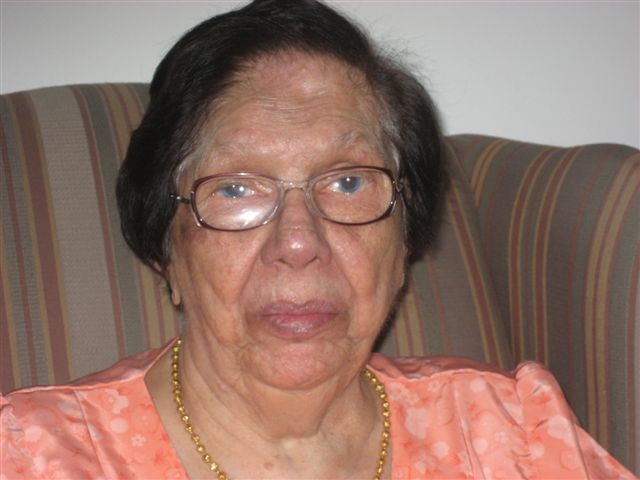Dear Dr. B: Can you please write about arthritis? Are there different types of arthritis? Is there any treatment?
Answer: Recently, a friend was diagnosed with arthritis. My immediate query was, “What kind of arthritis?”
Like cancer, arthritis is not one disease. There are more than 100 conditions in which symptoms of arthritis are present. In fact, it is estimated that 46 million adults and 300,000 children suffer from arthritis in U.S. alone. It can be a painful and crippling disease although milder forms of arthritis are not uncommon in majority of the people.
Osteoarthritis (OA) is the most common form of arthritis. It is prevalent in people over the age of 60. But arthritis, in one form or the other, may affect people of any age group starting from infancy to old age. It affects more women than man (60 per cent to 40 per cent).
American Heritage Dictionary defines arthritis as inflammation of a joint, usually accompanied by pain, swelling and stiffness, resulting from infection, trauma, degenerative changes, metabolic disturbances or other causes. It occurs in various forms, such as bacterial arthritis (due to infection), osteoarthritis (wear and tear of cartilage), rheumatoid arthritis (overactive immune system) and gout (abnormal metabolism). These are just a few examples.
The joints are swollen and deformed from inflammation and destruction of the cartilage. Arthritis is a major cause of disability in the U.S. and Canada and it costs billions of dollars in medical costs, lost wages and production of goods.
Diagnosis of arthritis depends on your history, symptoms and physical findings. Your doctor will order blood tests and plain x-rays. If necessary, CAT scan and MRI will help in the diagnosis.
Is there a good treatment for arthritis?
Usually, there is no cure for arthritis. Treatment is aimed at relieving symptoms of pain and stiffness by reducing inflammation in the joints with the hope that it will slow down damage to the joints.
Most people with arthritis try over the counter medications like aspirin, acetaminophen, ibuprofen and variety of other NSAIDs (non-steroidal anti-inflammatory) available in the market. As the pain and stiffness deteriorates the patients require stronger medications like steroids. Some patients require combination of NSAIDs and steroids. Steroids can be injected into the joints as well. Certain types of arthritis require specific medical treatment.
Eventually surgery becomes an option to relieve pain or correct the deformity. Most commonly performed surgeries are total joint replacement (arthroplasty), tendon repair and removal of the joint lining (synovectomy). Surgery carries a risk of bleeding, infection and pain. You should carefully discuss and understand the benefits and risks of the procedure with your doctor.
Start reading the preview of my book A Doctor's Journey for free on Amazon. Available on Kindle for $2.99!
